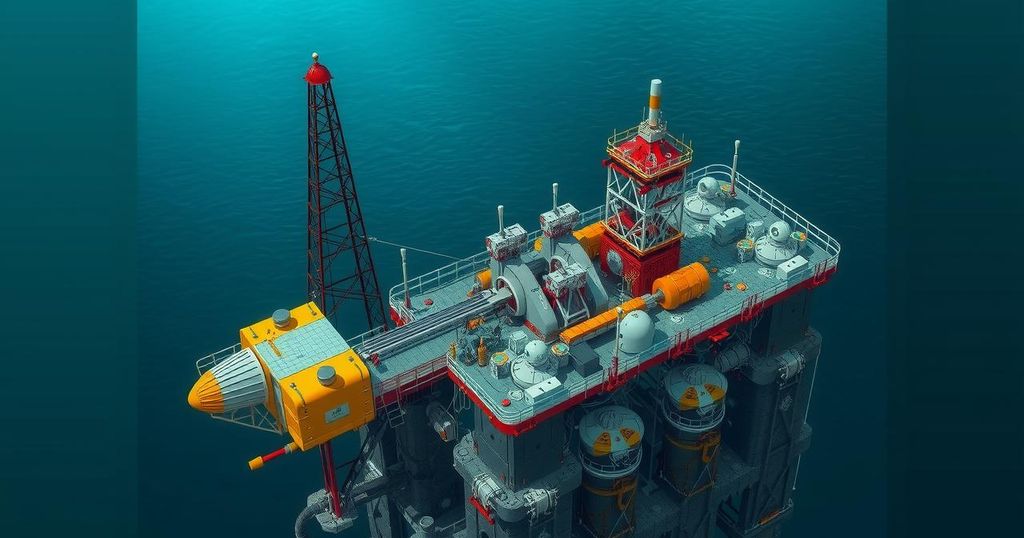Exploring Hydraulic Structures of Subduction Faults Through Deep-Ocean Drilling
The 2011 Tohoku-Oki earthquake demonstrated the complexity of subduction zone earthquakes and their resultant tsunamis. Expedition 405 by the IODP aimed to analyze the hydraulic state of the Japan Trench fault, revealing possible fault re-cementation that impacts fluid dynamics and future seismic risk. This research enhances comprehension of fault healing and prepares for future tsunami-related earthquakes.
The Tohoku-Oki earthquake, which struck Japan in 2011 with a magnitude of 9.0, unleashed a tsunami that caused immense devastation along the northeast coast. This tsunami, reaching heights of up to 40 meters, was propelled by a fault slip near the trench exceeding 50 meters. Such extreme geological events exceeded prior expectations, revealing significant gaps in understanding subduction zone dynamics. Recent studies suggest the movement of high-pressure fluids along fault lines post-earthquake may lubricate these structures, resulting in increased slip. However, direct exploration of these deep-sea subduction zones has remained a formidable challenge due to their considerable depth beneath the ocean. In response to this need for deeper understanding, the International OceanDiscovery Program (IODP) Expedition 405 undertook drilling at the Japan Trench in autumn 2024. The investigation aimed to assess the hydraulic state of the fault years post the Tohoku earthquake. Preliminary results indicated that the geological formations affected by the earthquake may have undergone re-cementation, potentially hindering fluid movement at the fault site. This re-cementation may allow for the accumulation of mechanical energy that could release during subsequent seismic events. These findings are critical, providing insight into the role of fluids in fault healing during seismic cycles and enhancing preparedness for future earthquakes and associated tsunamis.
The mechanisms that drive subduction zone earthquakes, particularly in regions like Japan, are critical to understanding the risks of future seismic events and tsunamis. The 2011 Tohoku-Oki earthquake serves as a pivotal case study that raised awareness regarding the unpredictable nature of such catastrophes. Notably, substantial fault slip and massive tsunamis were previously underestimated. Investigating the hydraulic properties of subduction faults allows researchers to explore how fluids may influence fault behavior over time, which is especially important given the dangers posed by potential tsunamis in densely populated coastal areas.
The findings from Expedition 405 advance the understanding of subduction fault mechanics, particularly regarding fluid dynamics in the post-earthquake context. The potential re-cementation of fault rocks may significantly affect future seismic activity, illustrating the need for continued research in this field. Understanding these processes is vital for enhancing tsunami preparedness and mitigating risks associated with the next seismic event.
Original Source: www.nature.com




Post Comment